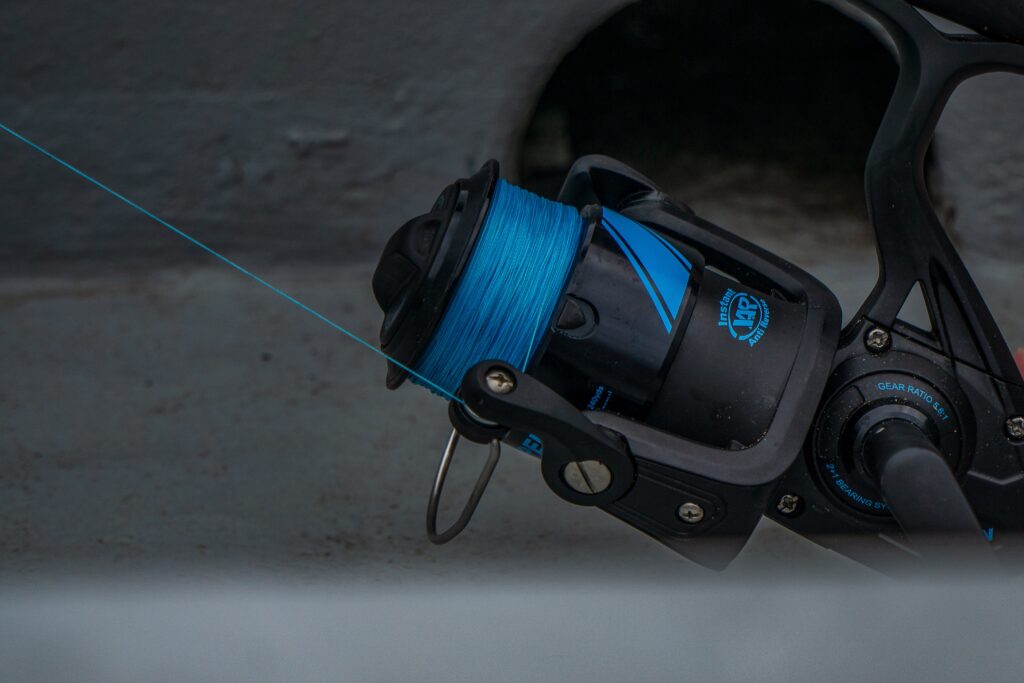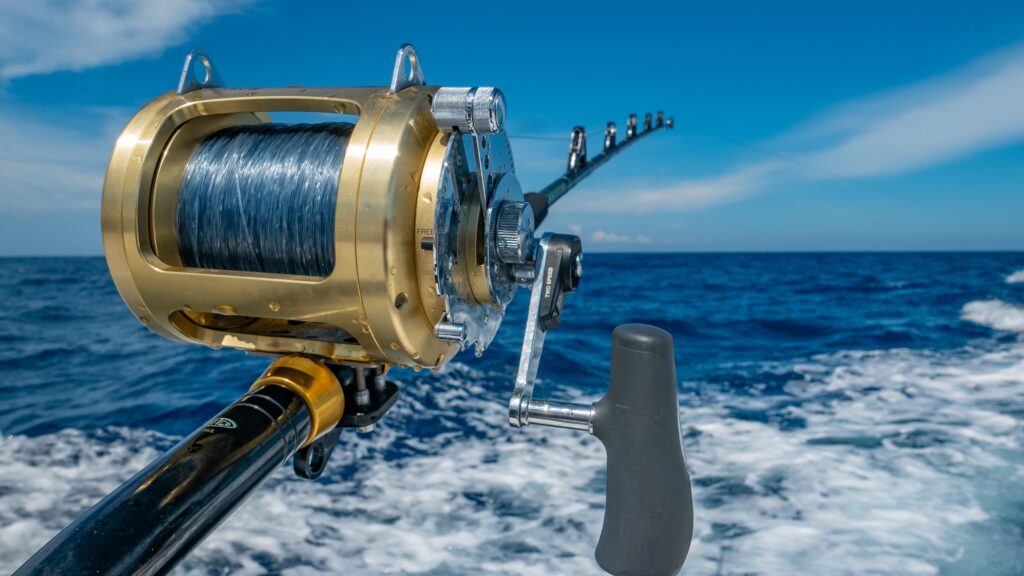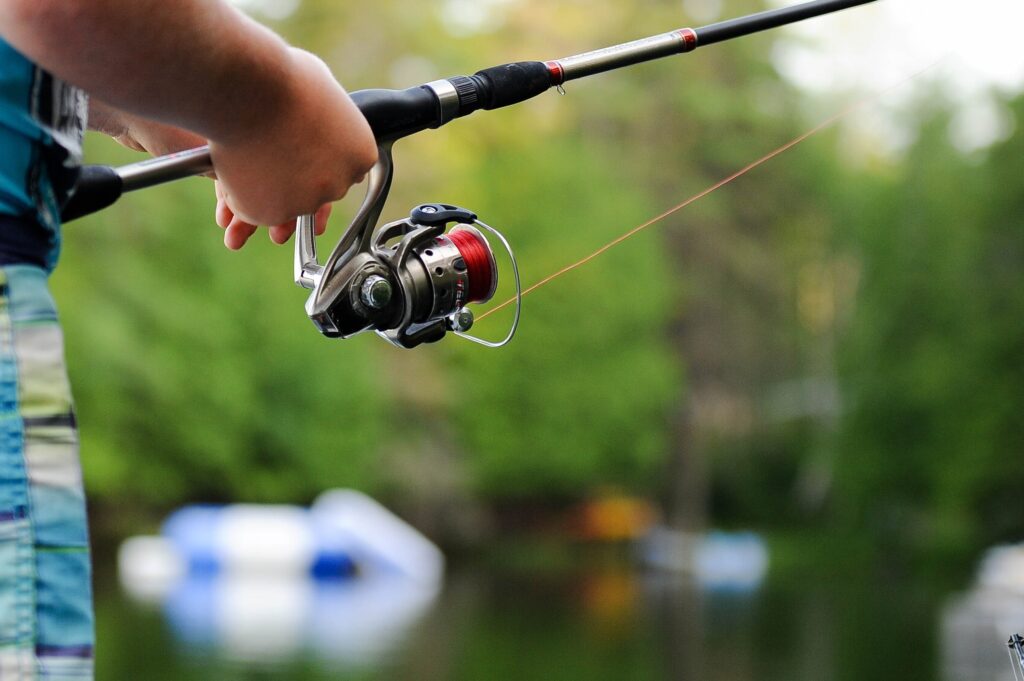Have you ever wondered how to choose the perfect fishing line length for your fishing excursion? Look no further! In this article, we will explore the various factors you need to consider when selecting the right fishing line length, as well as provide you with expert recommendations to ensure you have a successful and enjoyable fishing experience. So, whether you’re a seasoned angler or just starting out, read on to discover the secrets of selecting the ideal fishing line length.

Factors to Consider
When deciding on the appropriate fishing line length, there are several factors you should take into account. These factors include the location where you will be fishing and the fishing technique you plan to use. Additionally, the targeted species, water conditions, and casting distance are all important considerations.
Location and Fishing Technique
The location where you will be fishing plays a significant role in determining the appropriate fishing line length. If you are fishing in a small pond or creek, a shorter fishing line may be sufficient. On the other hand, if you are fishing in a large lake or river, you may need a longer fishing line to reach deeper areas.
Similarly, your fishing technique will also influence the ideal fishing line length. Different fishing techniques, such as fly fishing, casting, trolling, or ice fishing, have varying line length requirements. Understanding the specific requirements of your chosen fishing technique will help you select the right line length.
Targeted Species
The species of fish you are targeting is another essential factor to consider when choosing fishing line length. Different species have different habits and behaviors, which can affect the required line length. Some fish may dwell near the surface, while others may lurk in deeper waters. Understanding the behavior of your targeted species will help determine the appropriate line length needed to reach and catch them.
Water Conditions
Water conditions, such as clarity and current, can greatly impact the effectiveness of your fishing line. In clear water, fish may be more cautious and easily spooked by visible fishing lines. In such cases, using a longer fishing line can provide more distance between you and the fish, reducing the chances of detection.
Additionally, if you are fishing in areas with strong currents, a longer fishing line may be necessary to reach the desired fishing zone and maintain control over your bait or lure.
Casting Distance
The casting distance you hope to achieve is an important consideration when selecting the right fishing line length. If you want to cast your line farther, you will need a longer line to provide enough distance. However, if you are fishing in a confined area or have no need for long-distance casting, a shorter line may be more practical and easier to handle.

Different Fishing Line Lengths
Different fishing line lengths are available to accommodate various fishing techniques, locations, and preferences. Understanding the characteristics and purposes of each length will help you determine which one is best suited for your needs.
Ultra-Short Fishing Lines
Ultra-short fishing lines, typically ranging from 2 to 4 feet in length, are often used for fishing in small bodies of water or tight spaces. They are ideal for situations where precise control and accuracy are required. However, their limited length restricts casting distance, making them less suitable for open water fishing.
Short Fishing Lines
Short fishing lines, typically ranging from 4 to 8 feet, provide slightly more casting distance compared to ultra-short lines. They are versatile and suitable for various fishing techniques. Shorter lines are commonly used when fishing from shore or in areas with limited space.
Medium-Length Fishing Lines
Medium-length fishing lines, ranging from 8 to 12 feet, strike a balance between casting distance and maneuverability. They are suitable for general fishing purposes and accommodate various fishing techniques. These lines are excellent choices for moderate distance casting and consistent control over bait or lure.
Long Fishing Lines
Long fishing lines, ranging from 12 to 16 feet, offer significantly improved casting distance. They are particularly useful in situations where you need to reach deeper water or cover a larger area. Long lines are commonly utilized for surfcasting or fishing from boats, where the goal is to cast as far as possible.
Ultra-Long Fishing Lines
Ultra-long fishing lines, exceeding 16 feet in length, are less commonly used but are essential for specific fishing techniques. These lines offer immense casting distance and are typically employed in scenarios where extreme distance casting is required, such as long-distance beach fishing or fishing from large boats.

Factors and Considerations for Choosing Fishing Line Length
Choosing the appropriate fishing line length involves considering various factors to ensure optimal performance and success in your fishing endeavors. The following factors should be evaluated when selecting the right line length:
Line Strength and Weight Capacity
The strength and weight capacity of the fishing line are crucial factors that determine its suitability for specific fish species or fishing techniques. Heavier lines with higher weight capacities are typically required for larger fish or situations where you need to cast heavy lures or baits. Lighter lines, on the other hand, are more suitable for smaller fish or finesse fishing techniques.
Type of Fishing Line
Different types of fishing lines, such as monofilament, fluorocarbon, and braided lines, have varying characteristics that affect their performance. Consider the specific attributes of each type, such as stretch, sensitivity, and visibility, to determine which is best suited for the fishing technique and conditions you will encounter.
Visibility
The visibility of your fishing line can have a significant impact on the fish’s willingness to bite. In clear water or when targeting wary fish, a low visibility line, such as a clear monofilament or fluorocarbon line, can increase your chances of success. However, in murky water or when targeting aggressive fish, a high visibility line may be preferable for easier detection.
Knot Strength
The strength of the knot used to tie the fishing line is critical in ensuring your line remains intact during tugging or casting. Longer fishing lines may require stronger knots to prevent breakage. It is essential to use appropriate knot-tying techniques and ensure the knot’s reliability matches the line’s strength.
Stretch and Sensitivity
The stretch and sensitivity of the fishing line are crucial factors in detecting bites and maintaining control over your lure or bait. Lines with higher stretch absorb the shock when a fish strikes, reducing the chances of the line breaking. However, lines with low stretch provide increased sensitivity, allowing you to feel subtle bites and changes in underwater conditions.

Recommendations based on Fishing Techniques
Different fishing techniques require specific line lengths to optimize performance and increase the likelihood of a successful catch. Consider the following recommendations for various fishing techniques:
Fly Fishing
Fly fishing relies on casting a lightweight fly line and fly lure to entice fish. The appropriate line length for fly fishing depends on several factors.






